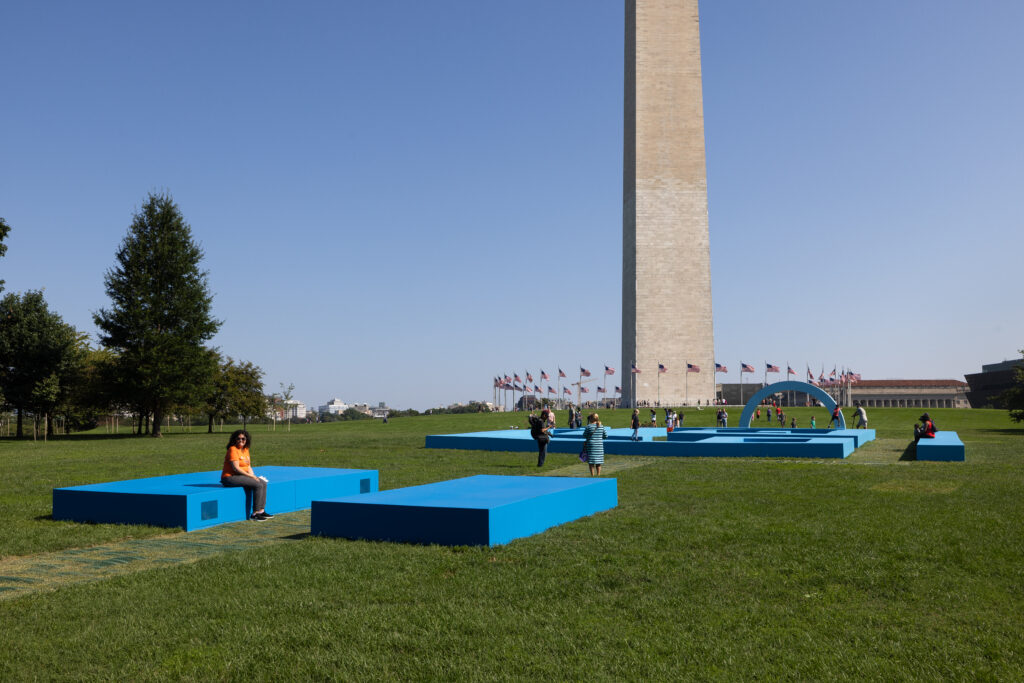
welcome.
Ashon Crawley is Professor of Religious Studies and African-American and African Studies at the University of Virginia. He is the author of Blackpentecostal Breath: The Aesthetics of Possibility (2016) and The Lonely Letters (2020). An artist, his audiovisual art has been featured at Second Street Gallery, Bridge Projects, the California African American Museum and the National Mall in Washington DC. All his work is about otherwise possibility.